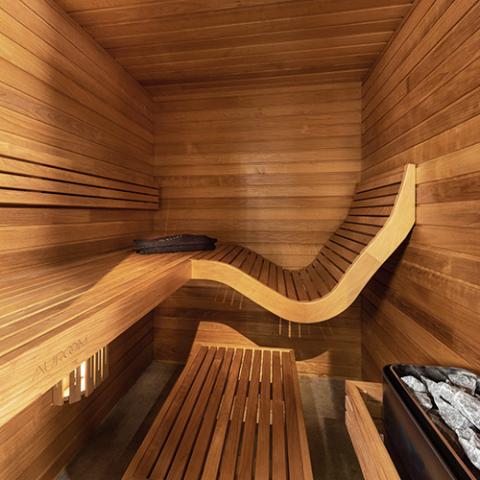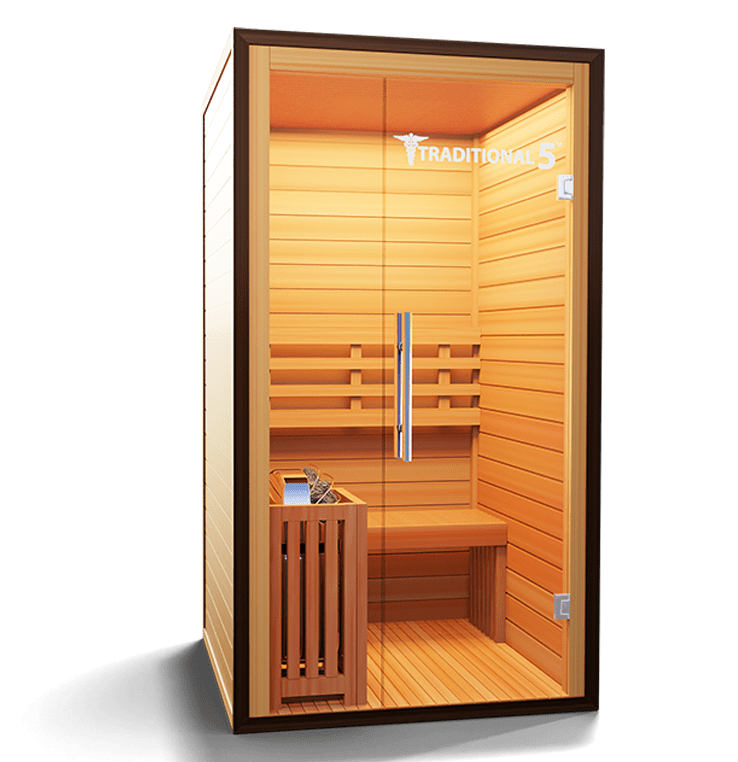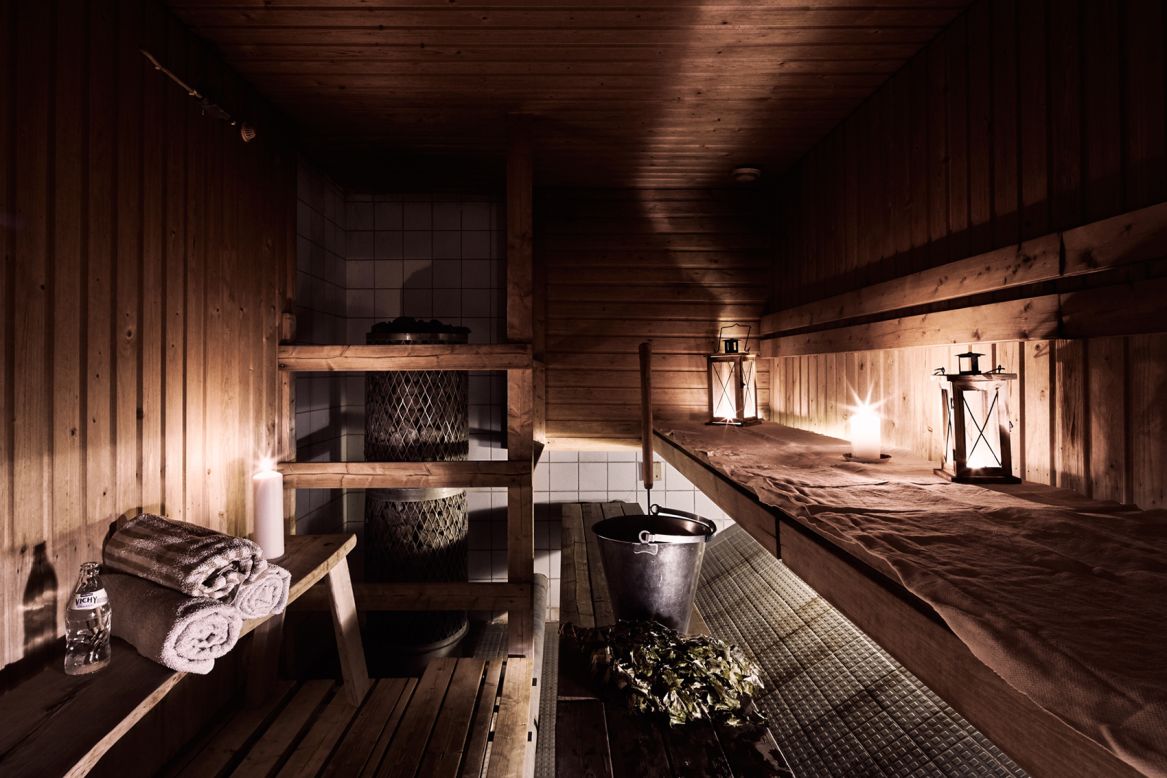About Traditional Sauna
About Traditional Sauna
Blog Article
Traditional Sauna Can Be Fun For Anyone
Table of ContentsMore About Traditional SaunaExcitement About Traditional SaunaThe Facts About Traditional Sauna RevealedThe 3-Minute Rule for Traditional SaunaThe 6-Minute Rule for Traditional Sauna
Many of the weight lost in a sauna is water loss and is re-gained upon rehydrating. Nonetheless, without a doubt sauna can be a vital part of a healthy and balanced fat burning program. To consider the differences in between standard and IR saunas, I will certainly separate these into verifiable, academic, and produced differences.Thus, the best point in the saunawhich goes to the ceiling directly above the sauna heateris commonly in between 185 and 190 F. Claims that a traditional sauna surpasses 200 F is simply not real and not applicable for electric saunas marketed in the United States. The temperature for a far-infrared sauna is generally set in between 120 and 140 F; nonetheless, unlike the conventional sauna, the goal in and IR area is not to achieve a high temperature.
Due to this, the temperature distinction is nearly unimportant, because profuse sweating results in both sauna types, however the technique of heating the body is various. In an IR sauna the bather will certainly really feel warm and will certainly sweat a lot, however at much reduced temperature levels (Traditional Sauna). Thus, if the goal is to invest longer time periods in the sauna, the IR sauna is an excellent selection
When a typical sauna has actually been properly heated up, the sauna walls are warm, the air temperature level has actually achieved set temperature level and the rocks are incredibly warmed. As a fascinating side note, the heated wall surfaces and the rocks are discharging far-infrared warmth, combined with the heated air, to create an "enveloping warmth".
Traditional Sauna for Beginners

When the heat is achieved, the components cycle on and off to keep the high temperature level. Most traditional sauna users enjoy putting water over the rocks to produce vapor to elevate sauna humidity degrees. The benefits of pouring water over the rocks consist of: making the space more comfy, dampening the nasal flows, and permitting the use of aromatherapy by blending important oils with the water.

When the energy goes into the body, it creates the body temperature to increase and inevitably results in sweating. In an infrared sauna it's crucial for the emitters/heaters to continue to be on almost constantly. Given that there is no mass of rocks to maintain warm, the sauna will certainly cool down if the emitters closed off.
As discussed over, the sauna bather in an infrared room intends to place himself before operating emitters to get optimal take advantage of the warm. The home heating time for the two rooms can be really various, depending on how the areas are made use of. For a conventional sauna, a bather ought to permit 30-40 minutes for the area to accomplish a desired temperature level and to effectively pre-heat the rocks.
The Ultimate Guide To Traditional Sauna
A well built sauna will generally achieve a temperature level of 150-160 F in about 30-40 minutes. For hotter temperature levels, the space might need to useful site heat for a longer duration.

Conventional saunas have a tendency to be larger (hence make use of even more electrical power) than infrared saunas, although standard saunas are absolutely offered in one and two individual dimensions too. For a two-person typical sauna, 5x6 or 5x7 size is most prominent. The top bench can pleasantly seat two or three people and is also long enough to exist down throughout the sauna session.
About Traditional Sauna
The typical price per kWH of electrical energy in the U.S. is roughly $0.11, so a 4.5 kW heating unit will certainly cost around $.50 to compete one hour, if the heater runs continually for one hour. Typically a sauna heating unit will compete 75% of the very Recommended Site first hour and 50% of subsequent hours on considering that the components cycle once the set temperature is accomplished.

There is a rarely reviewed difference in the social experience in between the two rooms. While our society has actually shed some of the social benefit of the conventional sauna experience, it can be really socially gratifying (Traditional Sauna). From family members time in the sauna, to heart-felt discussions with better halves, to sauna partiesthe traditional sauna experience can lead to intimate mingling
What Does Traditional Sauna Do?
The majority of greater end infrared spaces include tinted light therapy, sound systems and full-glass fronts.
Report this page